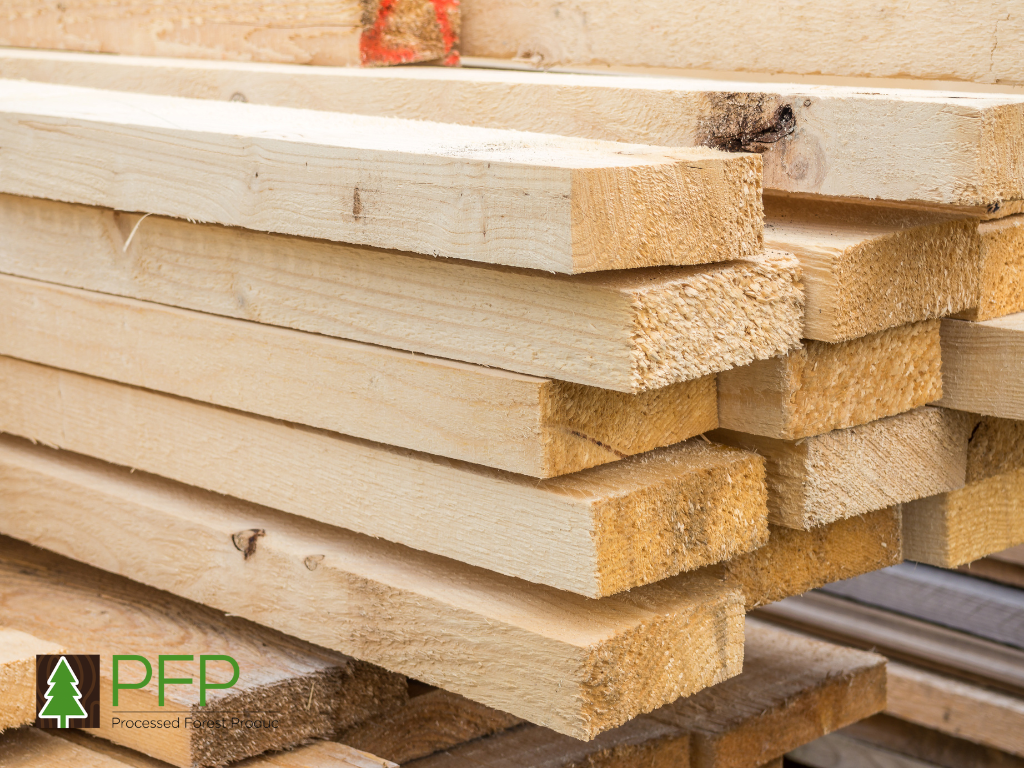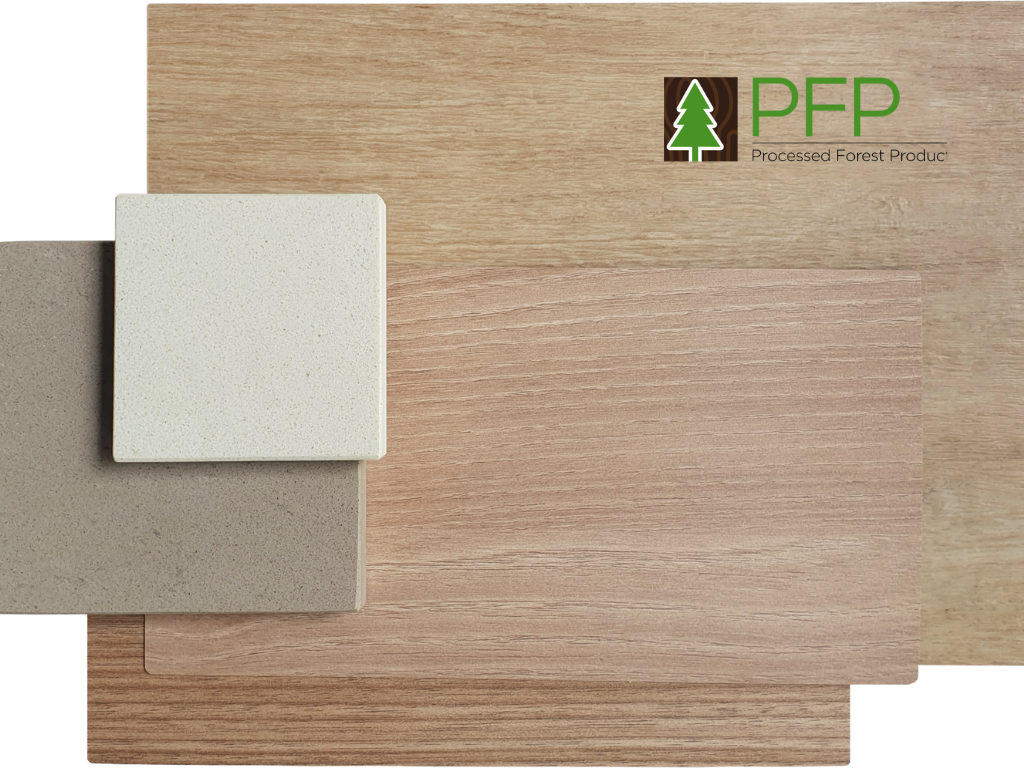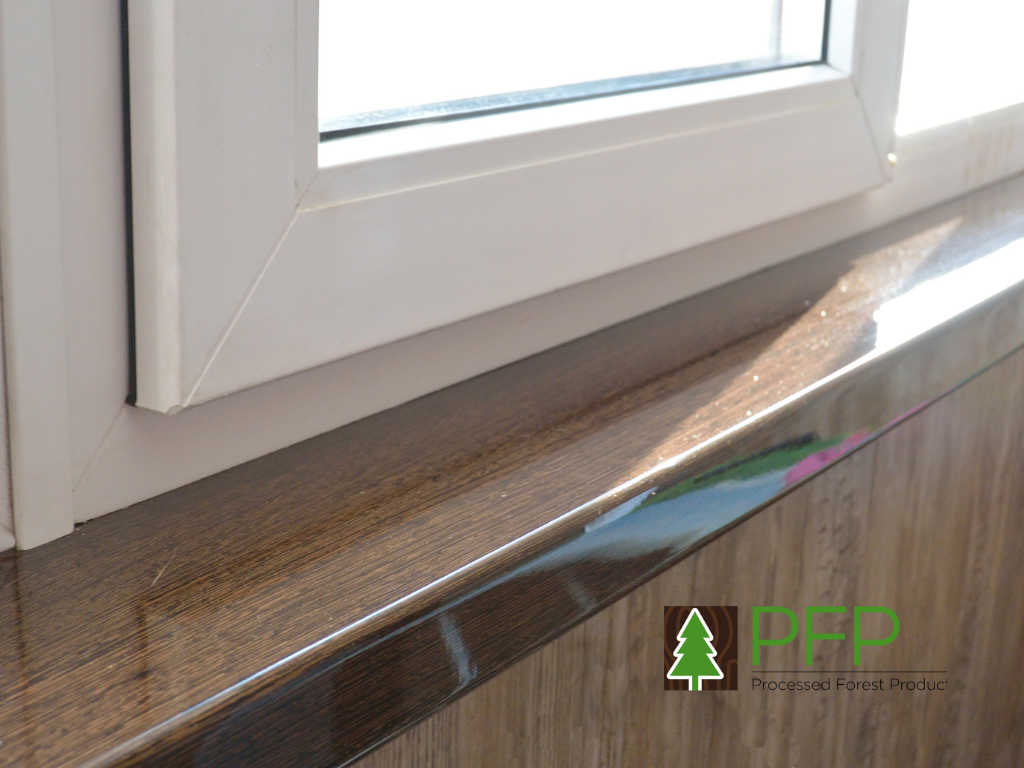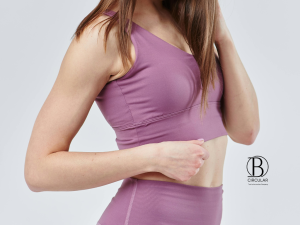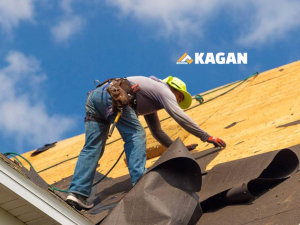Timber veneer refers to thin slices of wood, usually thinner than 3mm, that are typically glued onto core panels (like wood, particle board, or medium-density fiberboard) to produce flat panels such as doors, tops, and panels for cabinets and parquet floors. It is widely used because it offers the beautiful appearance of wood without the high cost and with less environmental impact. Veneer allows for a consistent appearance and covers more area with less wood compared to solid wood furniture.
Overview of Timber Veneer Sheets and Veneer Board
Timber veneer sheets are made by slicing large blocks of wood. The sheets are then used to cover surfaces that need a decorative and durable finish. Veneer boards combine these veneer sheets with substrates like MDF or particleboard, offering a product that is versatile and easy to work with, providing the aesthetics of real wood along with added strength and durability.
Timber Veneer in Residential Interiors
How is Timber Veneer Used in Home Design?
In residential settings, timber veneer is used to add a touch of luxury and natural beauty to the home without the hefty price tag of solid hardwood. Its versatility makes it suitable for a variety of applications, including flooring, cabinetry, and furniture. Designers value veneer for its ability to maintain a consistent color and grain throughout large projects.
Popular Timber Veneer Applications in Living Spaces
Timber veneer is particularly popular in areas like kitchen cabinets, where its beauty complements functionality. It is also used in living room furniture such as entertainment units and coffee tables, and for decorative wall panels that add character and warmth to a room. The use of veneer extends to bedroom headboards and wardrobes, showcasing its wide range of applications in creating stylish, cohesive interior spaces.
Timber Veneer in Commercial Spaces
Utilizing Timber Veneer in Office and Retail Design
In commercial environments, timber veneer is prized for its sophisticated look and durability. Offices often use veneer in high-impact areas like reception desks, conference tables, and executive office furniture. Retail spaces incorporate veneer to create inviting and visually appealing displays and store fixtures that can withstand high traffic while maintaining an upscale aesthetic.
Benefits of Timber Veneer Sheets in Commercial Construction
The key benefits of using timber veneer in commercial construction include cost-effectiveness, environmental sustainability, and ease of maintenance. Veneer provides a luxurious look at a lower cost and is more sustainable than solid wood since it maximizes the yield from a single tree. Additionally, surfaces finished with veneer are easy to clean and maintain, making them ideal for the high-use conditions of commercial settings.
Timber Veneer in Specialty Applications
Unique Uses of Timber Veneer in Design Projects
Beyond typical applications, timber veneer finds its place in unique design projects such as custom-built yachts, luxury car interiors, and high-end acoustic panels for theatres and auditoriums. Its flexibility and ease of application make it suitable for curved surfaces, which are common in these specialized areas.
Examples of Custom Applications of Veneer Board
In custom applications, veneer boards are used to create bespoke furniture that fits specific dimensions and design requirements, such as curved reception counters in corporate buildings or custom-fit cabinetry in uniquely shaped areas. Designers also use veneer to restore antique furniture or match historical interiors in renovation projects, where maintaining the aesthetic integrity is essential.
Timber Veneer in Furniture Manufacturing
The Role of Timber Veneer in Furniture Design
Timber veneer plays a crucial role in modern furniture design due to its versatility and aesthetic appeal. It allows designers to utilize beautiful, rare, or expensive woods without the prohibitive cost or ethical concerns of using solid wood. Veneer can be applied to different substrates, enabling the creation of stunning, high-quality furniture that is lighter and often more sustainable than its solid wood counterparts. This adaptability makes veneer ideal for a wide range of furniture styles, from contemporary minimalism to ornate traditional pieces.
Advantages of Using Veneer Board in Durable Furniture
Using veneer board in furniture manufacturing offers several key advantages:
- Cost Efficiency: Veneer allows for the look of expensive wood at a fraction of the cost, making luxury designs more accessible.
- Resource Efficiency: It extends the yield of timber, as veneer sheets can cover larger areas with less wood than solid pieces.
- Durability: When applied to stable substrates like MDF or particleboard, veneer boards are less prone to warping or splitting compared to solid wood.
- Aesthetic Variety: Veneers can be laid in various patterns, enhancing the visual appeal and uniqueness of furniture pieces.
Timber Veneer and Sustainable Design
How Does Timber Veneer Contribute to Sustainability in Construction?
Timber veneer contributes significantly to sustainability in the construction and design industries by maximizing the utility of wood. A single log can produce many thin sheets of veneer, reducing the demand for solid timber and helping conserve forest resources. Moreover, veneers often utilize woods from fast-growing, less-endangered species, or from trees that might not be suitable for solid wood products, thus promoting more sustainable forestry practices.
Eco-Friendly Benefits of Using Timber Veneer Sheets (continued)
- Energy Efficiency: Less energy is required to transport and process veneer compared to solid wood because of its lighter weight and reduced bulk.
- Recyclability and Biodegradability: Timber veneer products are generally recyclable and biodegradable, which contributes to their eco-friendliness. When combined with eco-friendly adhesives and substrates, the overall environmental impact is significantly less than that of many other building materials.
- Enhanced Lifespan: Veneered furniture often has a longer lifespan than those made from solid wood that might split, crack, or warp. Long-lasting products reduce the need for frequent replacements, thus conserving resources over time.
Timber Veneer in Architectural Elements
Innovative Uses of Timber Veneer in Exterior and Interior Architecture
Timber veneer is not just limited to furniture; it’s also extensively used in both exterior and interior architectural elements. This includes applications like:
- Exterior Cladding: Offering beauty and durability, veneer sheets can be used as exterior cladding for buildings, providing an elegant and modern appearance while protecting the structure from environmental elements.
- Interior Features: Within interiors, veneer is used for wall panels, ceilings, and flooring. It provides a luxurious finish and warmth that is difficult to replicate with other materials.
Impact of Timber Veneer on Aesthetics and Structural Integrity
The use of timber veneer significantly enhances the aesthetics of a building:
- Visual Appeal: The natural grain and color variations in wood veneers bring an unmatched level of sophistication and style to any space.
- Consistency: Timber veneer provides a consistent appearance across large surfaces, which is particularly important in bigger architectural projects where uniformity in design is crucial.
- Structural Benefits: While primarily used for aesthetic purposes, veneer also offers some protection to the surfaces it covers. When applied correctly, it can help shield underlying materials from moisture and wear, thereby enhancing the structural integrity of furniture and architectural elements.
Trends in Timber Veneer Design
Current Trends in the Use of Timber Veneer in Modern Architecture
Timber veneer remains a popular choice in modern architecture due to its natural aesthetic and versatility. Currently, there is a strong trend towards using timber veneer in sustainable building designs, as architects seek materials that reduce environmental impact without compromising on beauty and functionality. Minimalist and Scandinavian-inspired designs, which emphasize clean lines and natural materials, often feature timber veneer for its warmth and texture.
Future Directions for Timber Veneer in Design and Construction
Looking forward, the use of timber veneer is expected to evolve with advancements in adhesive and finishing technologies, which will enhance its durability and range of applications. Innovations in how veneer is cut and applied may allow for more intricate and artistic expressions in wood. Moreover, as the construction industry continues to focus on sustainable practices, the demand for timber veneer is likely to grow, driven by its efficiency in utilizing wood resources.
Maintaining and Restoring Timber Veneer
Best Practices for the Maintenance of Timber Veneer Surfaces
Maintaining timber veneer involves a few key practices to ensure its longevity and beauty:
- Regular Cleaning: Use a soft cloth and mild, non-abrasive cleaners to avoid scratching the veneer.
- Avoid Moisture and Heat: Protect veneer surfaces from prolonged exposure to water and direct heat, which can cause warping or splitting.
- Polish Sparingly: Apply natural polish sparingly to maintain the veneer’s sheen without causing build-up.
Restoration Tips for Aged or Damaged Timber Veneer
Restoring timber veneer requires careful attention to preserve the integrity of the wood:
- Minor Scratches: Light scratches can often be buffed out with a soft cloth and a touch of furniture polish.
- Deep Scratches and Chips: Fill deeper scratches or chips with a matching wood putty, then sand lightly and finish with a matching stain or varnish.
- Discoloration: Treat faded or discolored veneer with wood bleach before refinishing to restore its original color.
Conclusion
Whether you are a designer, architect, or homeowner, consider timber veneer for your next project. Its versatility and beauty, coupled with its sustainability benefits, offer a unique combination that can enhance any space. As we continue to seek sustainable yet stylish design solutions, timber veneer stands out as a material that beautifully bridges the gap between nature and modern design.

